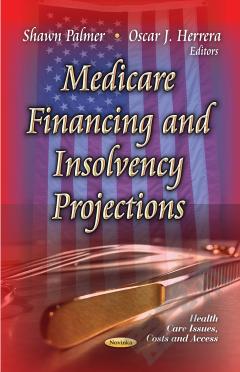Medicaid Financing, Expenditures and Reduction Proposals
Medicaid is a means-tested entitlement program that finances the delivery of primary and acute medical services as well as long-term services and supports. Medicaid is a federal and state partnership that is jointly financed by both the federal government and the states. The federal government's share for most Medicaid expenditures is called the federal medical assistance percentage (FMAP) rate. Generally determined annually, the FMAP formula is designed so that the federal government pays a larger portion of Medicaid costs in states with lower per capita incomes relative to the national average (and vice versa for states with higher per capita income). Federal Medicaid funding to states is open-ended. The federal government provides states a good deal of flexibility in determining the composition of the state share (also referred to as the non-federal share) of Medicaid expenditures. As a result, there is significant variation from state to state in the funding sources used to finance the state share of Medicaid expenditures. This book provides an overview of Medicaid’s financing structure, including both federal and state financing issues. The Medicaid expenditures section of the book discusses economic factors affecting Medicaid, state variability in spending, and projected program spending. Other issues that are examined include congressional proposals to turn Medicaid into a block grant program, federal deficit reduction proposals affecting Medicaid, and state fiscal conditions affecting Medicaid financing and services.
{{comment.content}}








 京公网安备 11010802027623号
京公网安备 11010802027623号